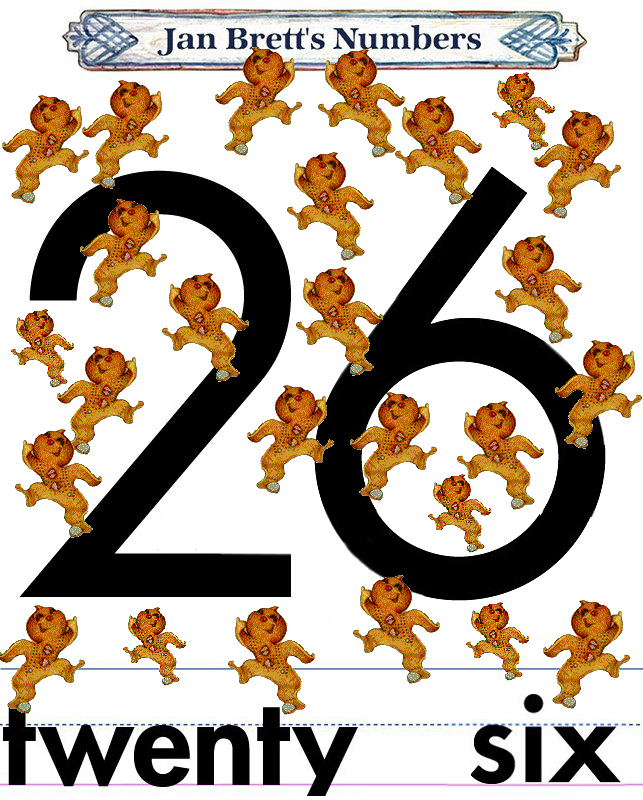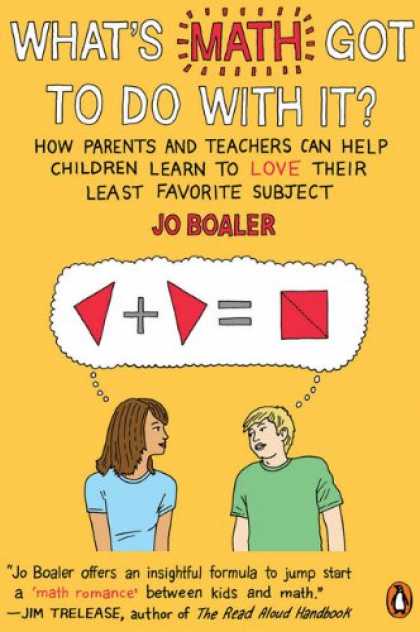Me.
Story of a 2 day lesson. In the preassessment for my
6 week math for elementary class, it turns out that the students were pretty strong on the basics of statistics measurements and displays. So instead of spending a lot of time telling them what they know, we went right to data collection. One of my favorite ways to collect data is a glyph. The first teacher I saw use one was Char Beckmann, but I think there's an old
Teaching Children Mathematics (er,
Arithmetic Teacher) article about them. [Found it:
Cartland, Patricia E., What's in a Glyph?, Feb 1996, 324-28] Definitely one of my main faults as a teacher is trying to get too much out of a lesson, so beware that here.
Objectives: TLW
- collect statistical information
- formulate questions
- organize and analyze data
- display data to address a question
- consider what features of displays are effective
- consider types of questions teachers ask
- review how the next day's test will be evaluated
Day 1: (40 min)Schema Activation: what would you be interested in knowing about your classmates?
They brought up music, sports, food, family background, and the like. (I think of these as cultural identifiers.)
Focus: introduce the idea of glyphs. The handout has this information on it:
Glyphs
The circle on the other side of this page will be your face – but not the face you see in the mirror! A face that tells much more about you…
Hair: Put a hair on your head for each person living in your residence. Curly if they are 18 or younger, straight if they are 19 or older.
Eyes: I purposely leave left and right ambiguous (like a mirror or a mask) because I want there to be issues in data collection, but
- left eye - favorite pet : circle-dog, oval-cat, triangle-bird, spiral-fish, X-exotic or other, crescent don’t like pets
- right eye - favorite TV show: rectangle-reality/game show, square-police/mystery, trapezoid-doctor/medical, rhombus-historical/documentary, kite-sports, Y-other (should be a chevron), crescent-don’t watch TV
Nose: Make a shape with as many sides as books you read for fun last month.
Mouth :If from outside the state, add a tooth for each year you’ve lived in Michigan.
- Smooth line: from Grand Rapids area
- Crooked line: from Michigan but not GR
- Rectangle: from another state in US
- Circle: from another country
1) What other characteristics of a face could we use to ‘store’ information?
2) What are some other categories of information that would be good or interesting to represent on a glyph?
Activity:
As a whole class they added categories for music (country, hip hop, chill, rock, classical, show tunes) as the left ear, food (italian/pizza, asian (incl. sushi), mexican, chocolate) as the right ear, and hobbies (sports, outdoors, shopping, games, etc.) as the eyebrows and came up with symbols -usually very pictographically, for each. (It's okay for me that my starting questions are a bit boring, as they ask about what they care about. I don't have to do it for them.) They completed their glyphs.
Reflection: look over the glyphs of the whole class and share their reactions.
They remarked on how much they enjoyed making them, their interest in each others, and how cool it was to see them together.
Day 2: (2 hours)
Schema Activation: polish up your glyph (or make one if you were absent), move it to the back table, see what you notice about them as a group. (Most people from Michigan, lots of pizza, music types remarked on, questions about living situation...)
Focus:
First we reviewed the types of elementary displays and covered any questions. They asked about pictographs and boxplots.
Teaching note: I like talking about questioning with statistics anyway, but they were really interested in what Jo Boaler brought up about teachers' questions at the last book club, so the timing was perfect.
Activity:
Pick a column. Pick questions in that column so their numbers add up to four or more. Answer the questions. (Display) means that a display is required. Make a poster of your answer that includes your justification.

They collected data and dealt with interpretation issues, what to do with people who gave more than one answer, left/right, figured out pretty efficient ways to record their data, and started discussing display type.


After the posters were mostly complete they were passed around, and each poster was evaluated by each other group using our communication rubric: 0, 1/2, or 1 each for clear, coherent, complete, consolidated and content. (Created with Coffey so the consonants all alliterate appropriately.) This is how their exams will be graded the next day, also.
We came together as a group and discussed what makes for effective displays. This is what they thought.
We also discussed the question types and made connections with reading.
- Literal. Literal questions have answers that are found directly in the text or are answered by factual recall. Examples: How many people come from Michigan? What was the main character's brother's name?
- Application. Application questions require computation or processing to determine the answer from the information at hand. This usually is considered more mechanical than involving conceptual reasoning. Example: What's the average number of books read this month? How long was Bilbo's journey?
- Inferential. Inferential questions require the answerer to create something unique, something that is implied by the information at hand. Sometimes this is by combining prior knowledge and experience with literal information. Inference may require students to imply, guess with support, or deduce. Can be forward-looking. Example: How far would the average drive be from where people are from to Grand Rapids? Why did the character do that?
- Analysis. Analytical questions may require synthesis of literal information with information from other sources. They typically require justification. Sometimes analysis is referred to as synthesis. It revolves around examining the information in and from the problem and solution. Reflective in nature. Example: Is there a correlation between favortie food and favorite music? Why did the character do that?
Reflection: Pick two of the following to address as a group. Turn in your group response.
- What issues came up in data collection?
- How did you go from glyph to data?
- What was a useful form for recording data?
- How did you decide what graph to use?
- Any decisions you would make differently if doing it again?
- What do you see that was effective in other groups work?
Typically people thought about the teaching implications of what we did, but also thought a bit about the effective display idea.
Bonus: better classroom decorations.
















































